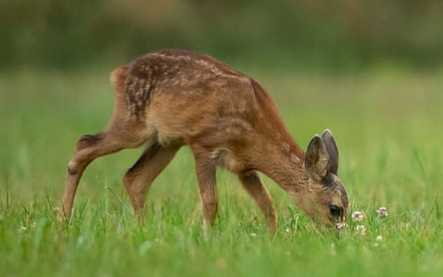
When you read the next ditty, read “d-o-e-s” as in female deer.
Mairzy Doats
Mares eat oats and does eat oats
and little lambs eat ivy
a kid will eat ivy, too
wouldn’t you?
Say it fast and it becomes:
Mairzy doats and dozy doats and liddle lamzy divey
A kiddley divey too, wouldn’t you?
Link to what this sounds like.
I think of this rhyme when I think of pacing – paying attention to the cadence and rhythm of writing.
How and when to increase the pace when writing.
Paraphrased from Make A Scene by Jordan Rosenfeld:
By pacing your scenes well and choosing the proper length for each scene, you can control the kinds of emotional effects your scenes have, leaving the reader with the feeling of having taken a satisfying journey.
Pace should match the emotional content of your scene. First scenes should get going with an emotional bang—start big or dramatic, ratchet up the suspense or lay in the fear, since you’re capturing the reader here.
Your first scene is like a cold pool—the reader needs to dive in and get moving fast, or he’ll be too cold to stay in the water for very long. In other scene types, you’ll have more leeway with pacing. In the first scene, however, a quick pace—with more action and less reflection or exposition—will be a better sell.
Dramatic scenes – Start slow, speed up pace to match emotional intensity, slow down for reflection.
Speed up pace: Strip away exposition, use dialogue, quick action, and hot emotional content to build intensity.
When and how to slow the pace
After a lot of action or intense dialogue give the reader time to digest what happened.
Use description, narration, details and interior monologues to slow the pace.
When a character is contemplative, time slows down.
During these contemplative scenes you can weave in details. Be specific and descriptive. Give your character something to observe or something to do, more than hair twirling.
Your turn: Do a freewrite about pacing.
Here’s mine, thinking about Mairzy Doats. This was a quickly written spontaneous type of writing, just for fun.
Go too fast and we get frantic and hear garble versus calm, steady breaths and an even, gentle flow.
Calm is water caressing rocks, dark green moss going with the flow.
No rough and tumble white water rapids. No gurgling over brooks, no water cascading over boulders.
Rather, when we slow our writing, we achieve a calm, quiet, graceful feeling.
Pace yourself. Eat watermelon slowly. Savor the juices.
Pace yourself.
Write fast let you lose that thought.
To slow down, think about the poppy scene in Wizard of Oz. Slower, slower, snail’s pace slow.
Meditate. Ommmmmmm.
To pick up the pace, think caffeine and the energy of a toddler/child, always on the go. Child knows no pacing. Always running, talking, doing.
Challenge self: No such thing as Writer’s Block. Just keep writing.
More on pacing: Find the right pace by Adair Lara: Prompt #70